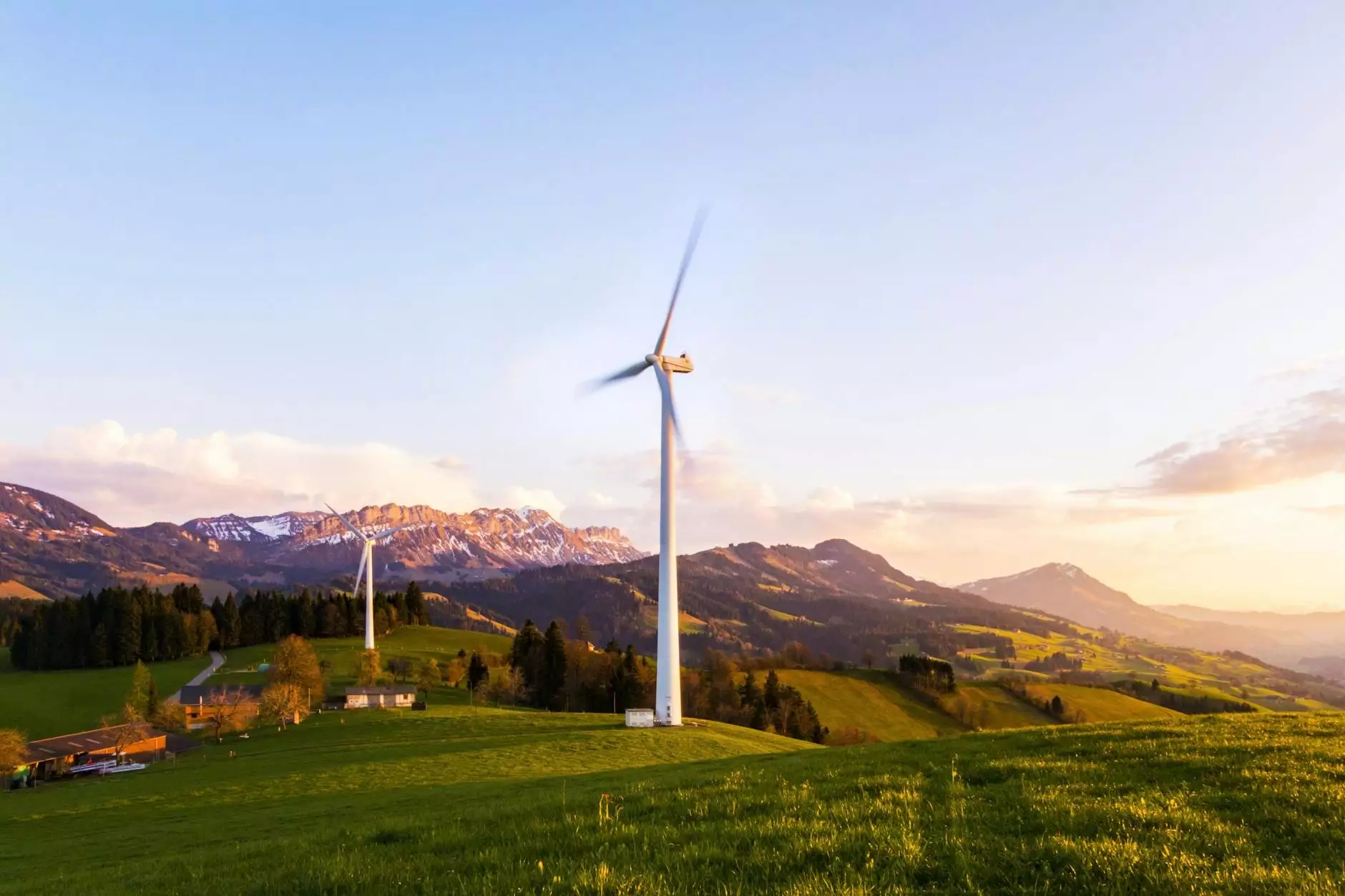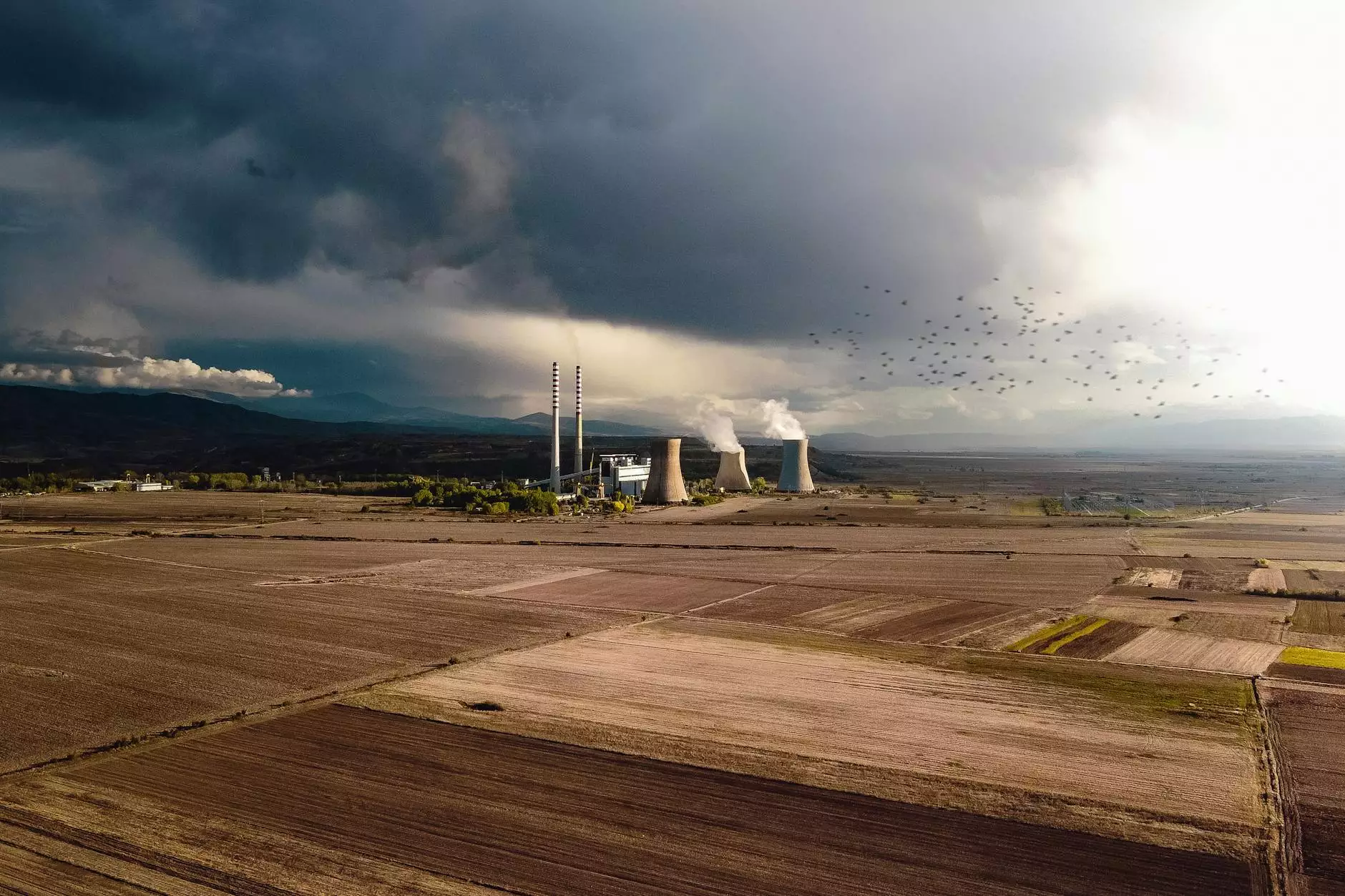Is Artificial Grass Good for the Environment?

Artificial grass has gained immense popularity in recent years, thanks to its numerous advantages and benefits. Not only does it enhance the appearance and usability of outdoor spaces, but it also plays a significant role in promoting a greener and more sustainable environment. In this article, we will explore the various ways in which artificial grass positively impacts the environment, making it an excellent choice for homeowners, outdoor enthusiasts, and the planet as a whole.
Conservation of Water Resources
One of the most significant environmental benefits of artificial grass is its ability to conserve water resources. Unlike natural grass, which requires regular watering to maintain its lush appearance, artificial grass does not need any irrigation. This means you can enjoy a vibrant and green lawn throughout the year without wasting precious water. With water scarcity becoming a global concern, opting for artificial grass helps preserve this vital resource and contribute to water conservation efforts.
Reduction in Chemical Usage
In traditional gardening and landscaping, the use of pesticides, herbicides, and fertilizers is quite common to maintain the health and appearance of natural grass. However, these chemicals can seep into the soil and water bodies, causing pollution and harm to wildlife. Artificial grass eliminates the need for such chemicals, providing a safe and toxin-free environment for both humans and animals. By reducing chemical usage, artificial grass contributes to a healthier ecosystem and a cleaner planet.
Decreased Carbon Emissions
Mowing lawns using gasoline or diesel-powered lawn mowers releases significant amounts of carbon emissions into the atmosphere. These emissions contribute to air pollution and global warming. By choosing artificial grass, you eliminate the need for regular mowing, thus reducing carbon emissions associated with lawn maintenance. Furthermore, the manufacturing processes involved in producing artificial grass have also become more environmentally friendly over time, resulting in a reduced carbon footprint for the product.
Preservation of Natural Habitats
Every square foot of natural grass requires significant land and resources to maintain. By installing artificial grass, you help preserve natural habitats that would otherwise be disrupted for traditional lawn care. The reduced demand for natural grass allows ecosystems to flourish, promoting biodiversity and supporting local wildlife populations. Artificial grass provides a sustainable alternative that maintains the beauty of outdoor spaces without negatively impacting natural habitats.
Consistent Appearance and Durability
Natural grass often struggles to maintain a consistent appearance, especially in regions with extreme weather conditions or high foot traffic. Factors like drought, frost, and continuous use can lead to brown patches and bare spots, resulting in an unattractive lawn. Artificial grass, on the other hand, remains vibrant and lush all year round, regardless of weather or foot traffic. Its durability minimizes the need for repairs and replacements, reducing waste and extending the overall lifespan of the product.
Conclusion
Artificial grass offers a myriad of environmental benefits, making it a sustainable and eco-friendly solution for your home, garden, and outdoor spaces. From conserving water resources and reducing chemical usage to decreasing carbon emissions and preserving natural habitats, its positive impact on the environment cannot be overstated. By choosing artificial grass from Best Artificial Grass Deals, you contribute to a greener future while enjoying a beautiful and low-maintenance outdoor space.
is artificial grass good for the environment








